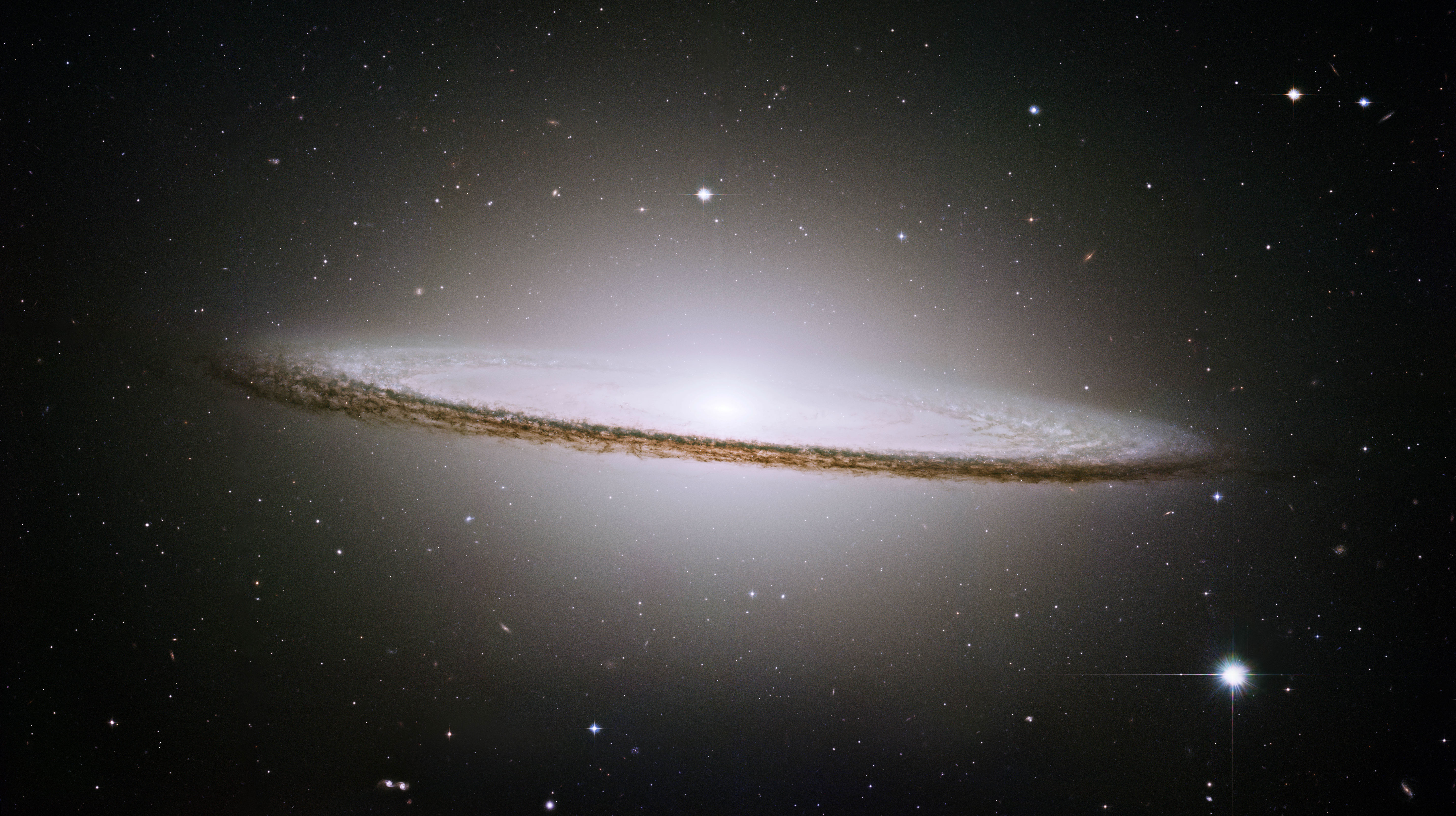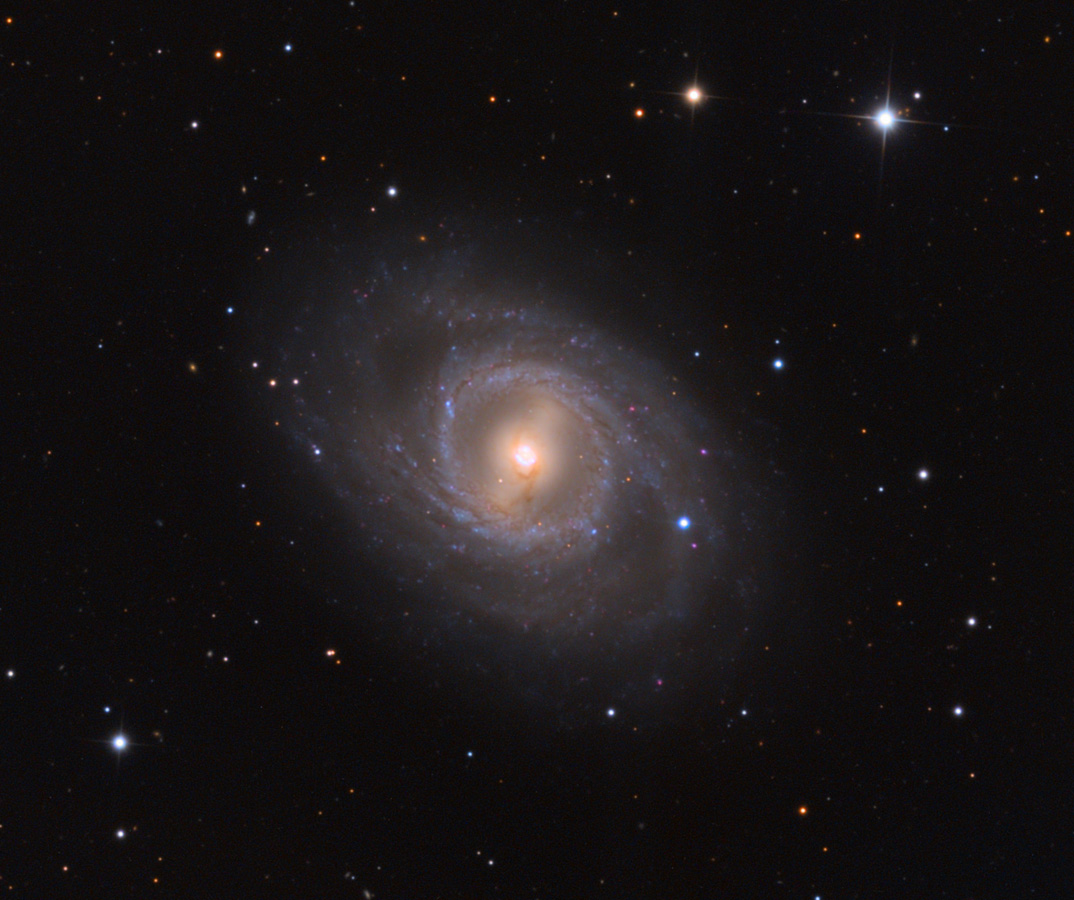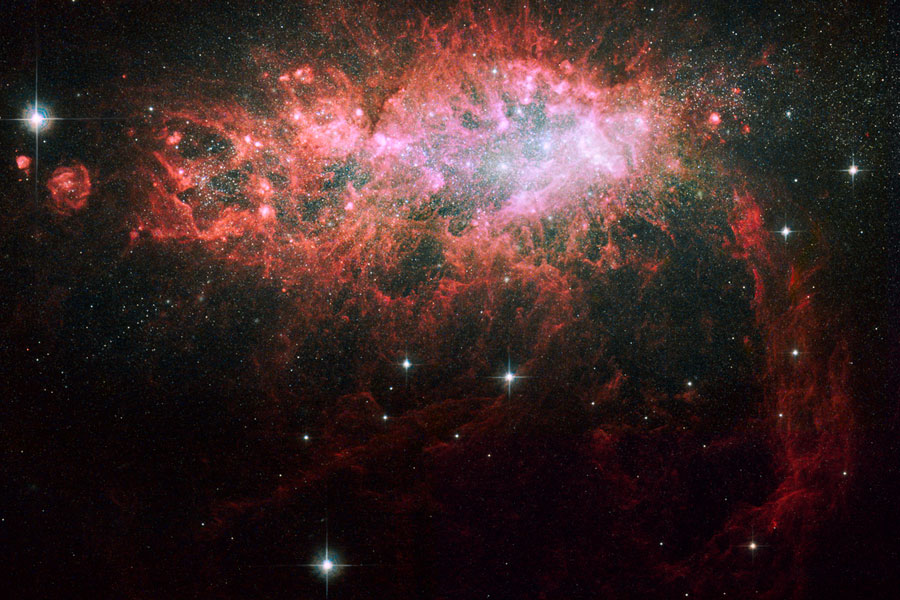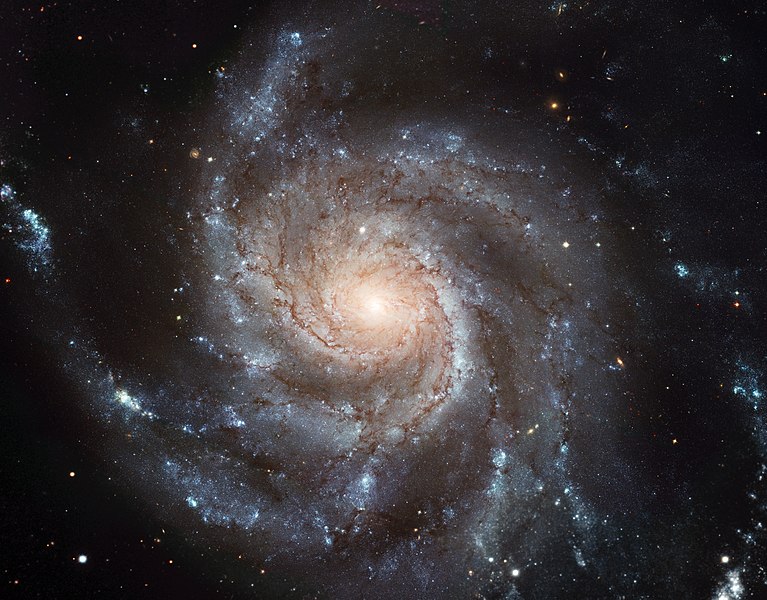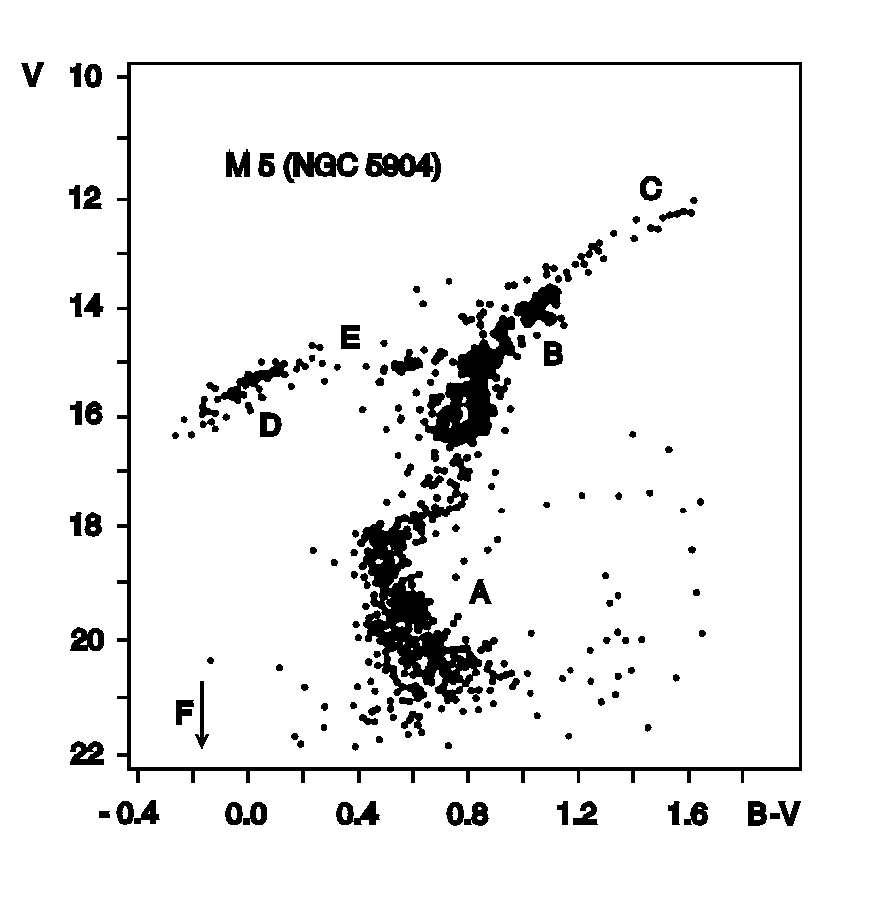Since I briefly mentioned neutron stars in my last post, I thought I would expand on them a bit further.
Neutron stars are essentially the remains of a star that has undergone a supernova. Once a star has finished burning all of its fuel, the core collapses. The result of the collapse is a huge amount of mass in a very small space; a typical neutron star has a mass of about 1.5 times that of the sun (or nearly 3x10^30 kg) with a radius of about 11-15km. This amount of mass in such a compact space is ridiculous (there are a few perspective examples out there of comparing the radius to the size of a certain city but honestly I don't think that even these easily imaginable examples really clearly communicate the state of a neutron star because honestly, what person can actually put 3000000000000000000000000000000 kg into any understandable perspective, even with an imaginable, relatable radius size comparison?).
Due to this amount of mass in such a small volume, the density of a neutron star is immense (p=Mass/Vol, so the density of a neutron star with a 1.5 solar mass and a 15 km radius would be about 2.122x10^14 g/cm^3 -I've given it a larger radius just to illustrate how extreme these things are), meaning there is also a lot of pressure in a neutron star. This pressure is what gives a neutron star its name, as the pressure will cause protons and electrons to form neutrons - the main composition of a neutron star.
Obviously due to this mass, it also means that they have an incredibly strong gravitational attractive force, so gravitational lensing (light being bent) occurs. Additionally, the decrease in radius also means an increase in rotational velocity, with neutron stars rotating with periods of less than a minute. A subset of neutron stars, millisecond pulsars, are neutron stars that rotate once every few
milliseconds (hence their name). I imagine these to be somewhat like the most horrifying merry-go-round in existence. Millisecond pulsars are very reliable in their rotational periods, making them easy to study and also provide for relatively easy study of anything that interacts with them (since the interaction will change their rotation rate, which is easy to detect). Millisecond pulsars are also emit across the entire EM spectrum, with some pulsars emitting more strongly in some areas of the spectrum than others (i.e. gamma-ray pulsars, x-ray pulsars, etc).
Some neutron stars are binary partners, though this is rare. Neutron stars are not limited to binary systems with other neutron stars however. If its partnered star is close enough and low enough in mass, the neutron star will end up "eating" its partner. Along with any mass accumulation due to a binary system, a neutron star can also collect gas from its "friend" in the system. When the gas gets close enough it will heat up, causing the neutron star to emit x-rays.
So all of this information may seem great but why should we care about neutron stars? Well, neutron stars have large magnetic fields, far beyond what we find on Earth, so that's interesting within itself. Also, because of their small radius and huge mass, neutron stars a somewhat similar to black holes but much more friendly to study. The reliability of millisecond pulsar's rotations also make for a nice "cosmic clock" and allow us to study events very with precise time measurements. Occasionally neutron stars exhibit strange behaviour or are found to exist with certain oddities that can be of interest to study. Obviously these are not all of the reasons why neutron stars are interesting but it is at least a decent selection to start with.
End note: I had to use p instead of rho because blogger did not like the introduction of a semi-foreign letter. Also, count how many times I used the word "also" in this post. It's a terrible linguistic crutch that I find slightly amusing.
